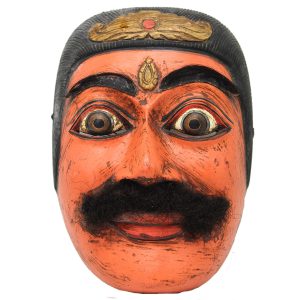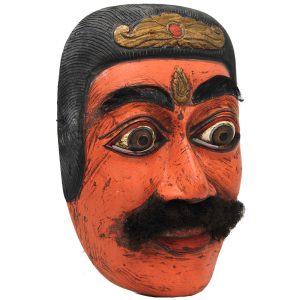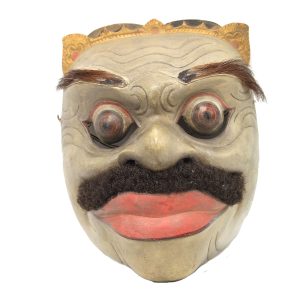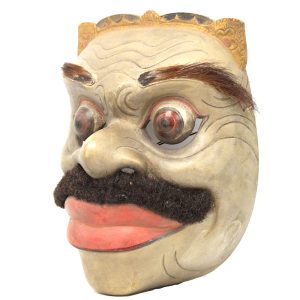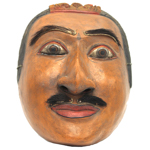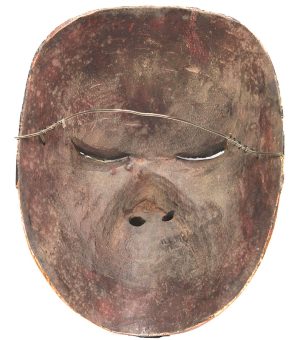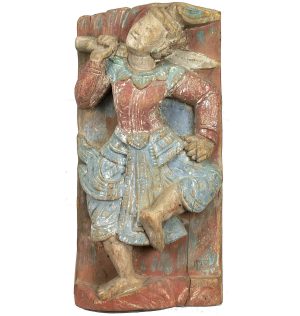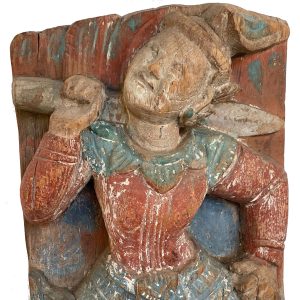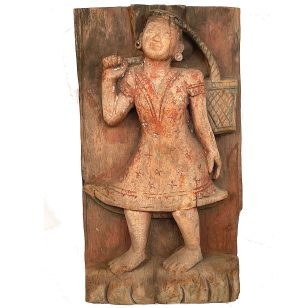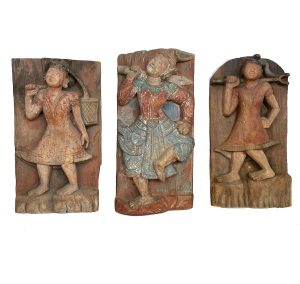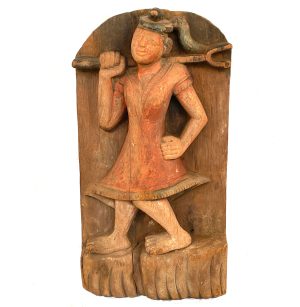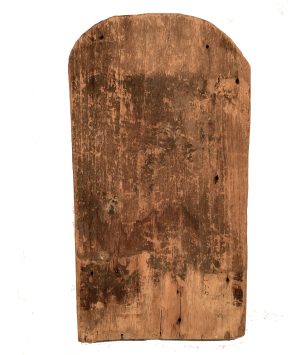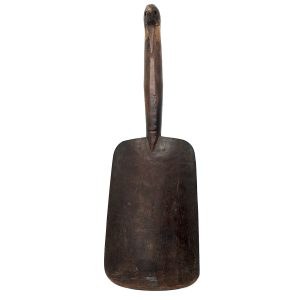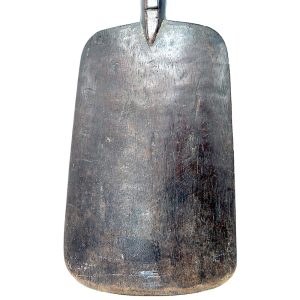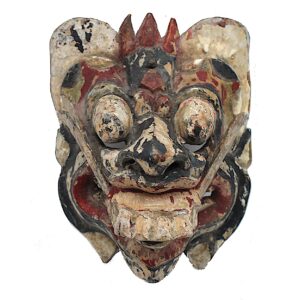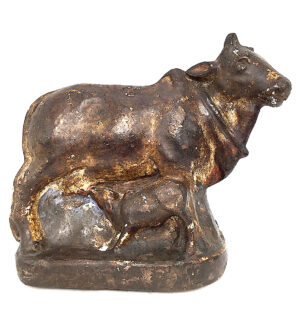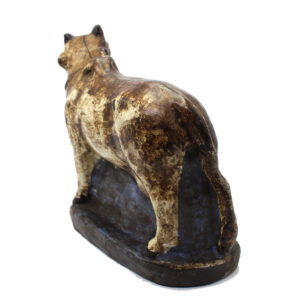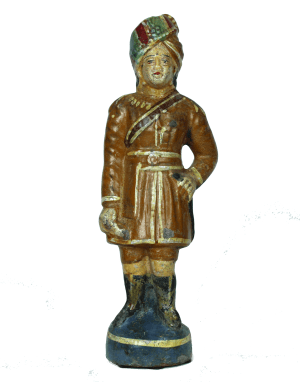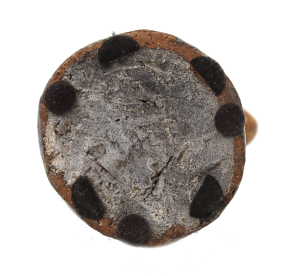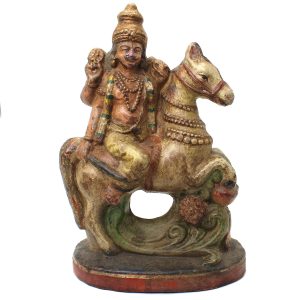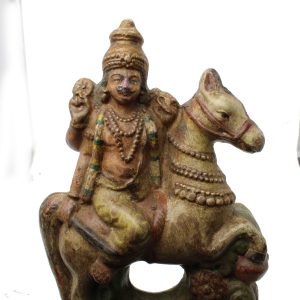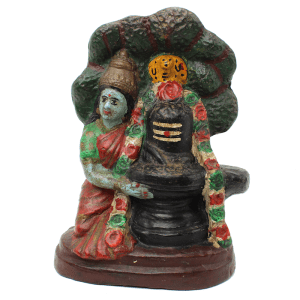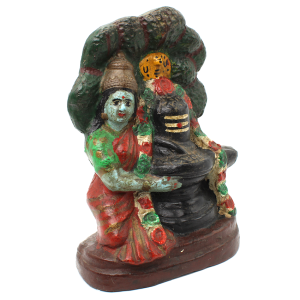Showing 121–132 of 135 results
-


$125.00
There are two traditional Balinese masks of the king’s prime minister (topeng patih). Both are refined, well-bred warriors from the second caste holding a prestigious position, and, like all dance masks, they are accompanied by a gamelan. This mask is a patih keras (strong minister) which is usually red or orange symbolizing a tough, intense…
-


$125.00
Court ministers (patih) in Bali, Indonesia are danced in mask (topeng) performances named Topeng Panjegan where a single dancer interprets 5 legendary characters wearing full face masks, cannot speak and much portray them only through gestures and body language and positions. Patih manis (literally sweet, a good natured, diplomatic minister) is often the first solo…
-


$125.00
This is Kebo Taruna mask a powerful historical Balinese minister (patih) from the 14th century. Considered a folk-art, Hindu-cultural-and-ritual-art, ethnic art and offerings to the gods, masks are danced in a historical drama with the music of a percussion orchestra (gamelan). Balinese-masks are carved using a light durable wood called pulai that enhances pigments and…
-


$335.00
Traditional Burmese dance has its roots in folk religion and is a combination of ancient animism, nat worship and a later syncretic blend with Buddhism. Ethnic minorities often perform dances that include warriors , Zawgyi (shaman) and nats wielding swords or holding drums while dressed in full-body costumes. Burmese performances were regulated with limitations on…
-


$335.00
Burmese women always have taken part in demanding strenuous work, but they rarely see themselves as farmers. This is because of Burma’s old patriarchal culture, narrow Burmese laws and social limitations of rural beliefs that define them as workers who labor for men: their father, brother or husband. This wonderful painted folk-art wood panel of…
-


$335.00
Burmese women always did strenuous work, yet they rarely see themselves as farmers. This is due to Burma’s old patriarchal culture, Burmese laws and narrow rural beliefs defining them as workers laboring for men only: their father, brother or husband. This wonderful painted wood panel of a barefoot female farmer depicts her with the long…
-


$115.00
This vintage Indonesian rice paddle/spoon was crafted from local wood by a Lombok craftsman and is a fine example of the cultural art of the Sasak people who number three million and comprise about 80% of its population. As animism farmers for two millennia, they lived in houses surrounding religious compounds where they held religious…
-


$395.00
This rare folk art Rangda mask was made on the island of Lombok, Indonesia by ethnic Balinese Hindu craftsman. Primarily Muslim, a Balinese Hindu minority ruled the island from 1750-1895 and Hindu temples (pura) have been centers for Balinese activities since the 17th century. Balinese girls are encouraged to “dance with their hands” and formal…
-
Sale!


$105.00 Original price was: $105.00.$85.00Current price is: $85.00.
H: 7″ W:8.25″ D: 3.125″ | FREE SHIPPING WITHIN CONTINENTAL U.S.!
Vintage bivalve mold figures like this cow were hand luted and hand painted, in the likeness of Hindu religious figures, soldiers, animals are used in rural India where they are seen as wishes for a better life.
-


$105.00
Earthenware terracotta pottery has played a significant role in the cultural, religious and artistic traditions of India for centuries. Indian terracotta images are considered spiritual, mystical and auspicious as Hindus believe terracotta incorporates the five natural elements of air, fire, earth, water and metal. Made with a bivalve mould that is hand luted and hand…
-


$145.00
Earthenware terracotta pottery has played a significant role in the cultural, religious and artistic traditions of India for centuries. Indian terracotta images are considered spiritual, mystical and auspicious as Hindus believe terracotta incorporates the five natural elements of air, fire, earth, water and metal. Made with a bivalve mould that is hand luted and hand…
-


$165.00
This painted earthenware terracotta Hindu devotional image (murti ) of Shiva and Parvati was used to help devotees in daily prayers (puja) focus and visualize the deities on their home altar. This image is both aniconic (symbolic, abstract, and non- representational) and figurative. Shiva’s image is represented by a symbolic round phallus – a lingham…
End of content
End of content

